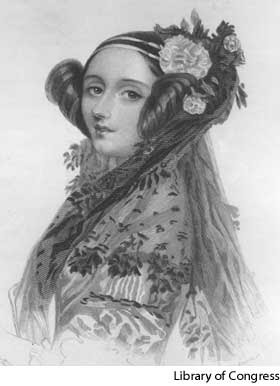The
second of three posts that offer some key moments and images in the
history of non-human humanoid entities: artificial intelligence,
androids, robots, cyborgs . . . We'll talk about these as begin to
discuss Metropolis, but they're posted here now to encourage ideas for
your "My Frankenstein" project.
The Golem (1926)
We'll see this big fella again when we consider
the Frankenstein theme in film
Perkowitz emphasizes that the Creature in Mary Shelley's novel serves as a projection of our concerns about our own humanity:
1) Frankenstein as a myth for a post-theological age -- as one stage version
of the novel had it, "Life Without Soul"
2) Science as Modern Sorcery - Electricity as Magic
3) the fantasy of utter alienation -- psychologically the condition of
coming into being without a Mother
We might add particularly: 4) the psychosexual basis for the fantasy of the creation of life without procreation
5) a deep concern about mortality and immortality
Hephaestos, the Greek god of the workshop--the artificer--
was lame--like Rotwang and Dr. Strangelove
Talos, the living bronze statue of Greek mythology,
as imagined by Ray Harryhausen in his 1953 film,
Jason and the Argonauts The Golem (1926)
We'll see this big fella again when we consider
the Frankenstein theme in film
Perkowitz emphasizes that the Creature in Mary Shelley's novel serves as a projection of our concerns about our own humanity:
1) Frankenstein as a myth for a post-theological age -- as one stage version
of the novel had it, "Life Without Soul"
2) Science as Modern Sorcery - Electricity as Magic
3) the fantasy of utter alienation -- psychologically the condition of
coming into being without a Mother
We might add particularly: 4) the psychosexual basis for the fantasy of the creation of life without procreation
5) a deep concern about mortality and immortality

The first robot? A scene from the original production of Karel Capek’s R.U.R.
More about her later
R.U.R.
More about her later

Elektro and his robot dog Sparko
Who wants to turn back into a toy . . .
-Rufus Wainwright
-Rufus Wainwright

The Day the Earth Stood Still: Gort, the robot from outer space,
sent to enforce worldwide peace with the threat of
total annihilation
sent to enforce worldwide peace with the threat of
total annihilation
Audio-animatronic Abraham Lincoln at Disneyland

HAL 9000 in 2001: A Space Odyssey. Nothing more
than a light and a very creepy voice.
than a light and a very creepy voice.

Blade Runner: Rachael, a replicant

RoboCop

RoboCop: The ED-209

The Terminator: A human face

The Terminator: The machine beneath the skin

Star Trek: The Next Generation: Data, a fully functional android with a positronic brain


























